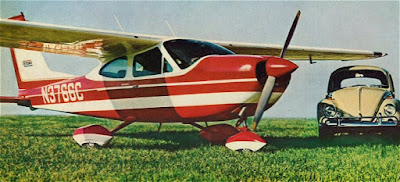With the Cardinal, you don't need salt. Just moisture. And the moisture can come from humidity, or from the occupants when the weather is cooler. The water vapor from their breathing gets into the ceiling and condenses on the spar carrythrough. Along that carrythrough are the CAT hoses that bring fresh air to the overhead vents. That CAT hose has steel wire in it, and the hose chafes on the spar and the steel contacts the aluminum and now we get serious corrosion at those contact areas and other forms of corrosion all along the rest of the spar. The headliner must come out for a good look. I spent at least two weeks dressing out the corrosion pitting from such a spar and then mapping the entire affected areas into quarter-inch squares so the NDI guy could take UTM measurements to be submitted to Cessna, who ran it through engineering to see if there was enough material remaining for safety. This is serious cost and can easily trash the airplane. A new carrythrough is something like $30K and it's not quick and easy to replace.
The corrosion problem also affects the fuel tank vent lines across the cabin roof. They were seeping fuel in this airplane.
http://www.cardinalflyers.com/tech/info/sparduct.php
Pages 27 through 31 of this one:
http://www.leggataviation.com/Cessna Single Engine Safety Initiative.pdf





